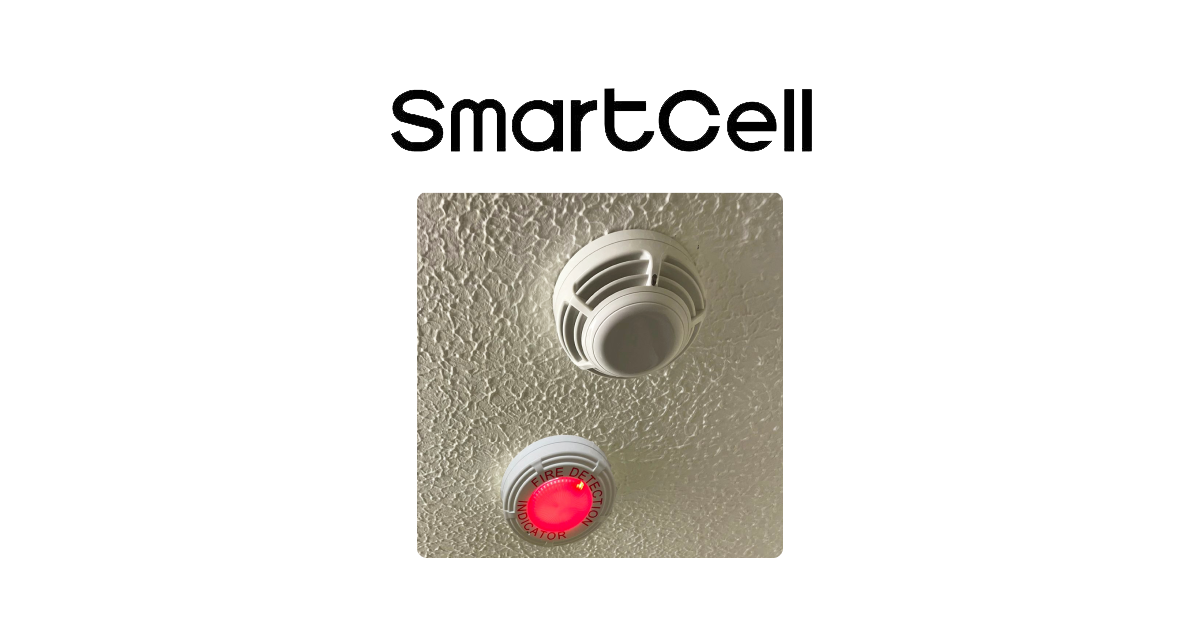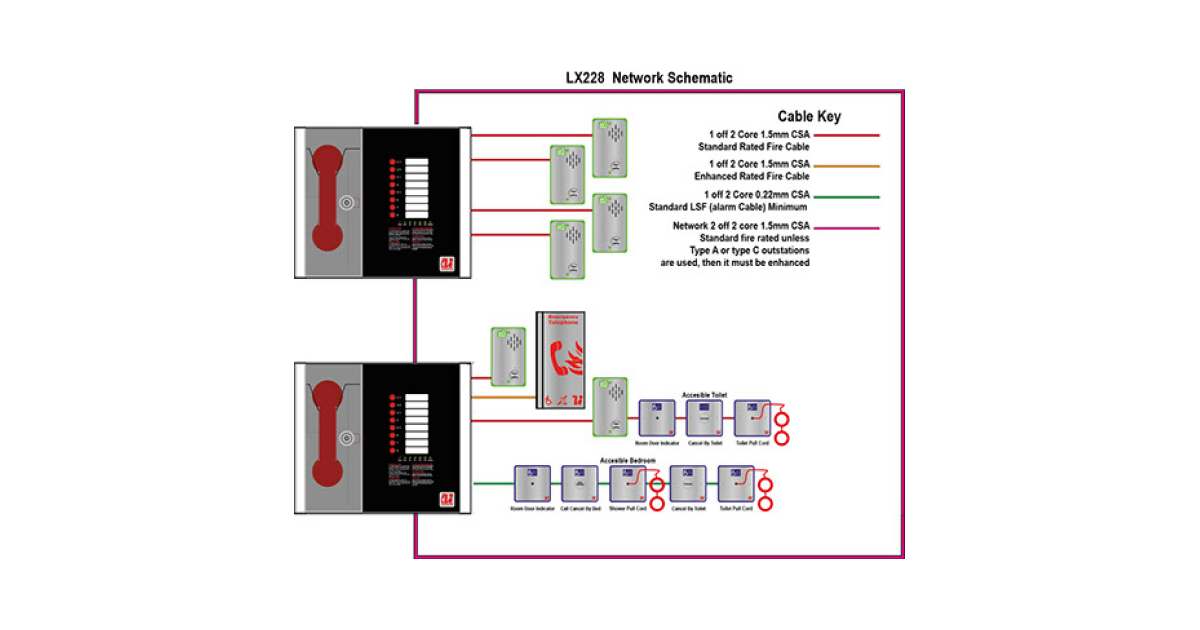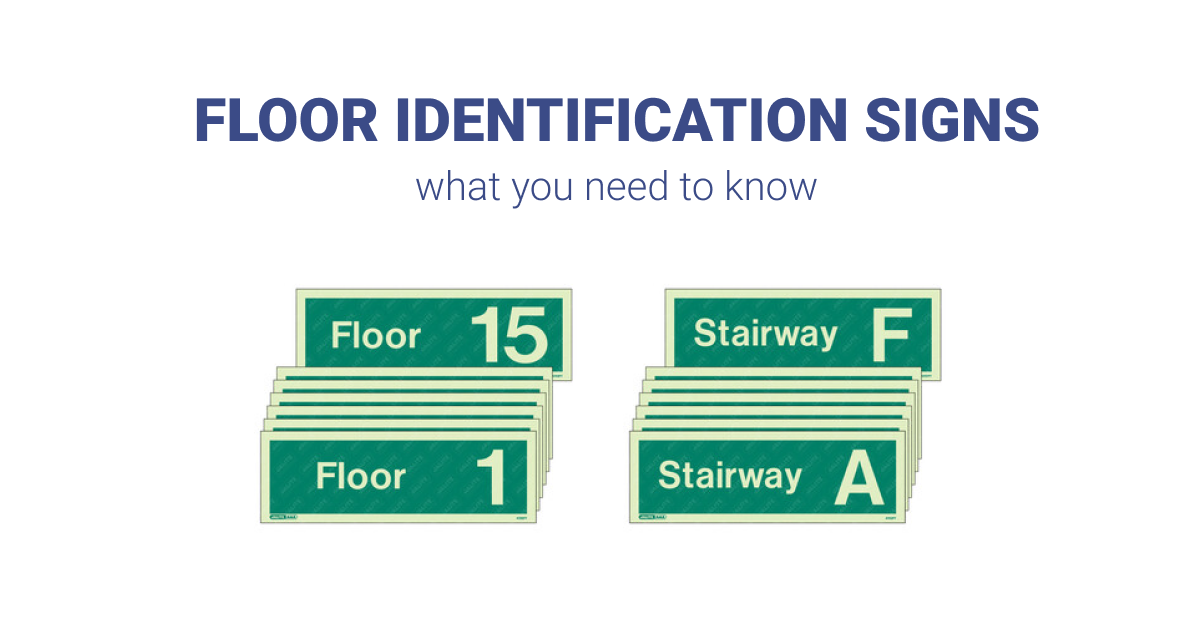
There are many scenarios where an existing conventional fire system may need to be upgraded to become addressable however the process of achieving this poses some challenges. Primarily the difference in cabling topology, given conventional systems are wired in individual radials for each zone whereas an addressable system is wired in a number of loops.
Why might a conventional system need upgrading?
Care homes
One of the most popular reasons we encounter is for care homes, in particular those with 10 beds or more. As part of the 2013 update to the BS5839 fire alarm standards such care homes should look to be protected by an addressable fire alarm system.
One of the most popular reasons we encounter is for care homes, in particular those with 10 beds or more. As part of the 2013 update to the BS5839 fire alarm standards such care homes should look to be protected by an addressable fire alarm system.
Interfaces & programming
The demand for fire systems to interface with external equipment or offer a level of programming is commonplace. Conventional systems rarely support interfaces nor programming options which greatly limits flexibility.
Even fairly small systems are frequently required to interface with automatic smoke vent solutions. Smoke vent systems which have multiple windows often need these windows to be open/closed based on activations in the same area (window(s) in zone 2 should only open if an activation has occurred in that zone).
Delays for alarm verification
The design & management of fire alarm systems should give consideration to the limitation of false or unwanted alarms. In areas where such unwanted alarms may arise, addressable systems can be configured to delay a common alarm when devices are activated. A present delay period is set during which this potential alarm can be investigated before the system is either reset or goes into full alarm.
Identifying the exact location of fire/faults
The benefits of knowing the exact devices in fire or fault go almost without saying. In a fire condition this may limit losses and in the event of faults, time & money will be saved during the investigation.
The traditional solution
Once the decision has been made to migrate to an addressable system the installer is faced with either trying to form a loop by joining parts of the existing cabling or running a completely new loop.
Whilst the first option will save on materials costs (cable, clips, etc) unless wiring schematics are available and existing cable is accessible this can be very challenging and labour costs greatly outweigh any material savings.
The easy alternative
The Infinity ID2 is the cookie-cutter solution for this challenge. The ID2 is an addressable system with the option to wire devices in radials out of the box.
The panel is available in 2, 4 or 8 zones and will support the corresponding number of radials. Each zone has 15 device addresses providing an overall capacity suitable for small to medium sized systems.










